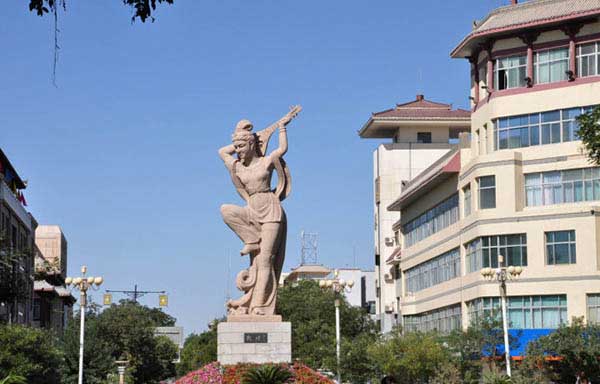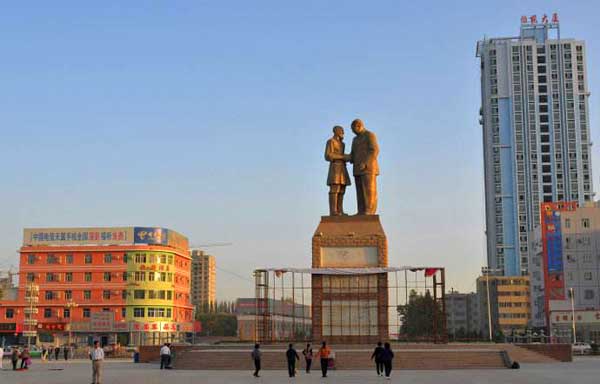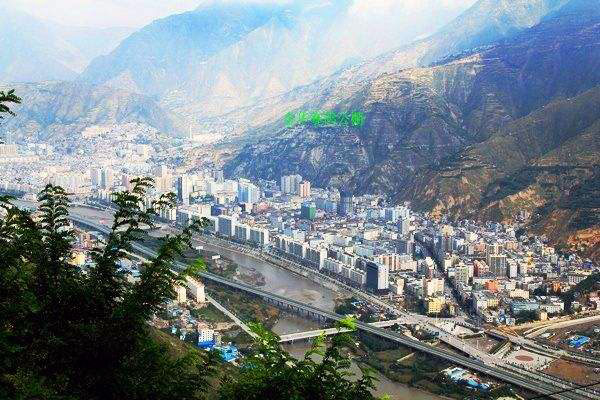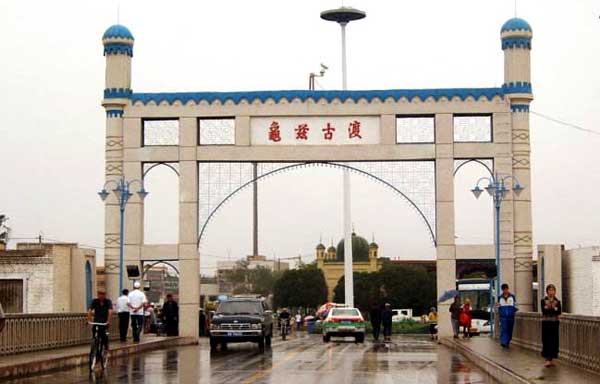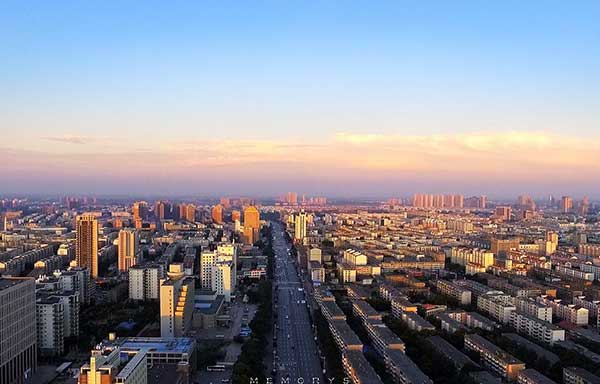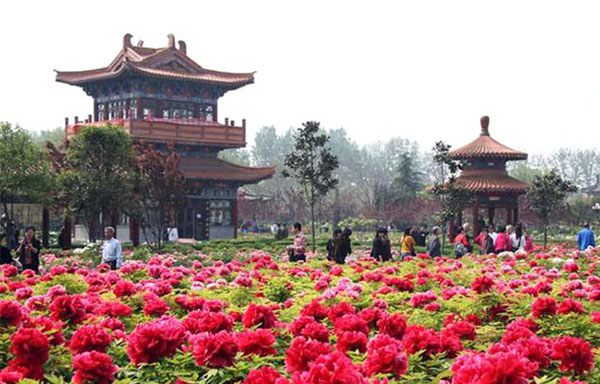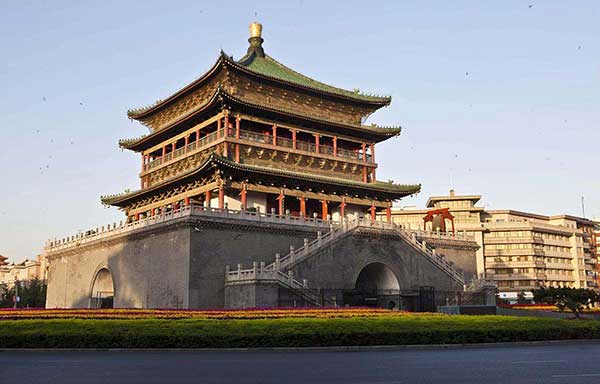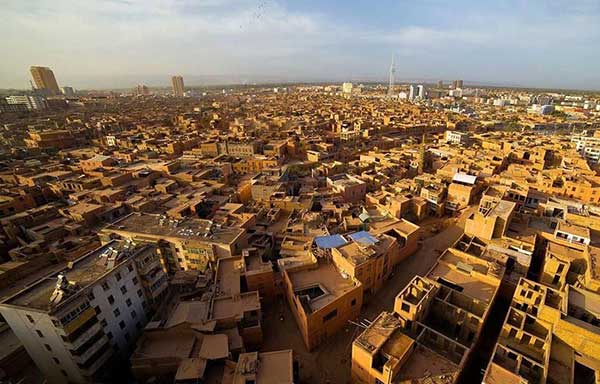- By admin
- In EthnicGroups
- 2018-06-27
Ethnic Groups & Religions on the Silk Road - Uygur
The Tibetan People
Population:
They number 5.4 million.
Living Areas:
The Tibetan people are an ethnic group that is native to Tibet. Significant Tibetan minorities also live in Sichuan, Qinghai, Gansu, as well as India, Nepal, and Bhutan.
Languages:
Tibetans speak the Tibetic languages, many varieties of which are mutually unintelligible. They belong to the Sino-Tibetan languages. The Tibetan language encompasses many dialects. Khampas have several Khams language dialects which may be unintelligible to Amdowas, and the Lhasa dialect may be unintelligible to both of those groups
History:
The traditional, or mythological, explanation of the Tibetan people's origin is that they are the descendants of the monkey Pha Trelgen Changchup Sempa and rock ogress Ma Drag Sinmo. Most Tibetans practice Tibetan Buddhism, though some observe the indigenous Bon religion. Tibetan Buddhism influences Tibetan art, drama, and architecture, while the harsh geography of Tibet has produced an adaptive culture of Tibetan medicine and cuisine.
Religion:
Most Tibetans generally observe Tibetan Buddhism or a collection of native traditions known as Bon (also absorbed into mainstream Tibetan Buddhism). There is a minority Tibetan Muslim population. There is also a small Tibetan Christian population in the eastern Tibet and northwestern Yunnan of China.
Legend said that the 28th king of Tibet, Thothori Nyantsen, dreamed of a sacred treasure falling from heaven, which contained a Buddhist sutra, mantras, and religious objects. However, because the Tibetan script had not been invented, the text could not be translated in writing and no one initially knew what was written in it. Buddhism did not take root in Tibet until the reign of Songtsan Gampo, who married two Buddhist princesses, Bhrikuti of Nepal and Wencheng of China. It then gained popularity when Padmasambhava visited Tibet at the invitation of the 38th Tibetan king, Trisong Deutson.Today, one can see Tibetans placing Mani stones prominently in public places. Tibetan lamas, both Buddhist and Bon, play a major role in the lives of the Tibetan people, conducting religious ceremonies and taking care of the monasteries. Pilgrims plant prayer flags over sacred grounds as a symbol of good luck.
The prayer wheel is a means of simulating chant of a mantra by physically revolving the object several times in a clockwise direction. It is widely seen among Tibetan people. In order not to desecrate religious artifacts such as Stupas, mani stones, and Gompas, Tibetan Buddhists walk around them in a clockwise direction, although the reverse direction is true for Bön. Tibetan Buddhists chant the prayer "Om mani padme hum", while the practitioners of Bön chant "Om matri muye sale du".
Culture:
Tibetan wearing the typical hat operating a quern to grinding fried barley. The perpendicular handle of such rotary handmills works as a crank. Tibet is rich in culture. Tibetan festivals such as Losar, Shoton, Linka (festival), and the Bathing Festival are deeply rooted in indigenous religion and also contain foreign influences. Each person takes part in the Bathing Festival three times: at birth, at marriage, and at death. It is traditionally believed that people should not bathe casually, but only on the most important occasions.
Medicine
Tibetan medicine is one of the oldest forms in the world. It utilizes up to two thousand types of plants, forty animal species, and fifty minerals. One of the key figures in its development was the renowned 8th century physician Yutok Yonten Gonpo, who produced the Four Medical Tantras integrating material from the medical traditions of Persia, India and China. The tantras contained a total of 156 chapters in the form of Thangkas, which tell about the archaic Tibetan medicine and the essences of medicines in other places.
Yutok Yonten Gonpo's descendant, Yuthok Sarma Yonten Gonpo, further consolidated the tradition by adding eighteen medical works. One of his books includes paintings depicting the resetting of a broken bone. In addition, he compiled a set of anatomical pictures of internal organs.
Cuisine
The Cuisine of Tibet reflects the rich heritage of the country and people's adaptation to high altitude and religious culinary restrictions. The most important crop is barley. Dough made from barley flour, called tsampa, is the staple food of Tibet. This is either rolled into noodles or made into steamed dumplings called momos. Meat dishes are likely to be yak, goat, or mutton, often dried, or cooked into a spicy stew with potatoes. Mustard seed is cultivated in Tibet, and therefore features heavily in its cuisine. Yak yogurt, butter and cheese are frequently eaten, and well-prepared yogurt is considered something of a prestige item.
Clothing:
Tibetan warrior in chainmail enforced by mirror plate
Most Tibetans wear their hair long, although in recent times due to Chinese influence, some men do crop their hair short. The women plait their hair into two queues, the girls into a single queue. Because of Tibet's cold weather, the men and women wear long thick dresses (chuba). The men wear a shorter version with pants underneath. The style of the clothing varies between regions. Nomads often wear thick sheepskin versions.
Marriage customs
Polyandry is practiced in parts of Tibet. A typical arrangement is where a woman may marry male siblings. This is usually done to avoid division of property and provide financial security. However, monogamy is more common throughout Tibet. Marriages are sometimes arranged by the parents, if the son or daughter has not picked their own partner by a certain age
Related destinations
Why Choose Us?
We are the top Silk Road tour operator based in Dunhuang, China. We focus on providing well designed Silk Road China Tours with resonable price and thoughtful service.
- Easy & carefree booking
- The best value
- Great travel experience
- Locally operated
Hot Tours
-

6 days Gansu tour to Binglingsi, Xiahe and Langmusi
Tour type : Private tour Price : from *** Destinations : Lanzhou - linxia - Xiahe - Langmusi - Hezuo - Lanzhou -

12 Days Gansu Highlights Tour
Tour type : Private tour Price : from *** Destinations : Xian – Tianshui – Lanzhou – Xiahe – Langmusi – Hezuo – Zhangye – Jiayuguan - Dunhuang -
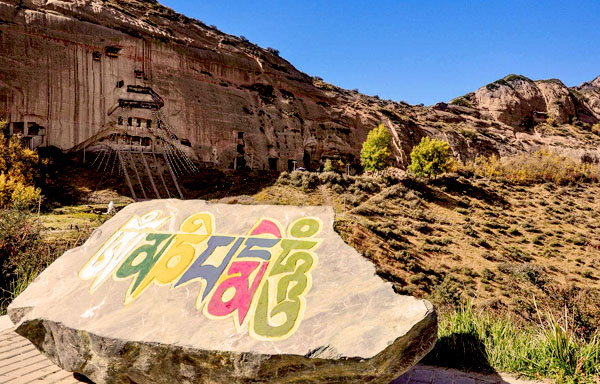
10 Days Silk Road Classic Tour
Tour type : Private tour Price : from *** Destinations : Xian - Zhangye - Jiayuguan - Dunhuang - Turpan - Urumqi -

5 Days Zhangye - Alxa youqi Highlights Tour
Tour type : Private Tour Price : from *** Destinations : Zhangye - Alax youqi - Zhangye

